Tom Long is an accomplished sports car driver, coach, and development driver. With more than 150 professional starts, Tom has accrued over 20 wins and 40 podium finishes in IMSA/GrandAm competition. This season, Tom competes in the IMSA Michelin Pilot Challenge Series GS GT4 and the SRO World Challenge Series GT4 America classes. -Ed
While plenty of high-performance drivers carve out multiple to weekends to visit local tracks, some other shoes (including yours truly) look forward to making an annual pilgrimage to a destination track. In my case, every IMSA event is at a track that I only visit once a year. Whether it’s an HPDE event at your local track or an annual endurance race, it’s important to be prepared for a one-off weekend.
Picture yourself pulling out of the driveway. HANS device: check. Hotel reservation: check. Did you remember to shut the garage door? It’s a ton of fun to participate in a novel weekend and to share it with friends or your team. That said, it requires a lot of additional preparation, from logistics to driver readiness.
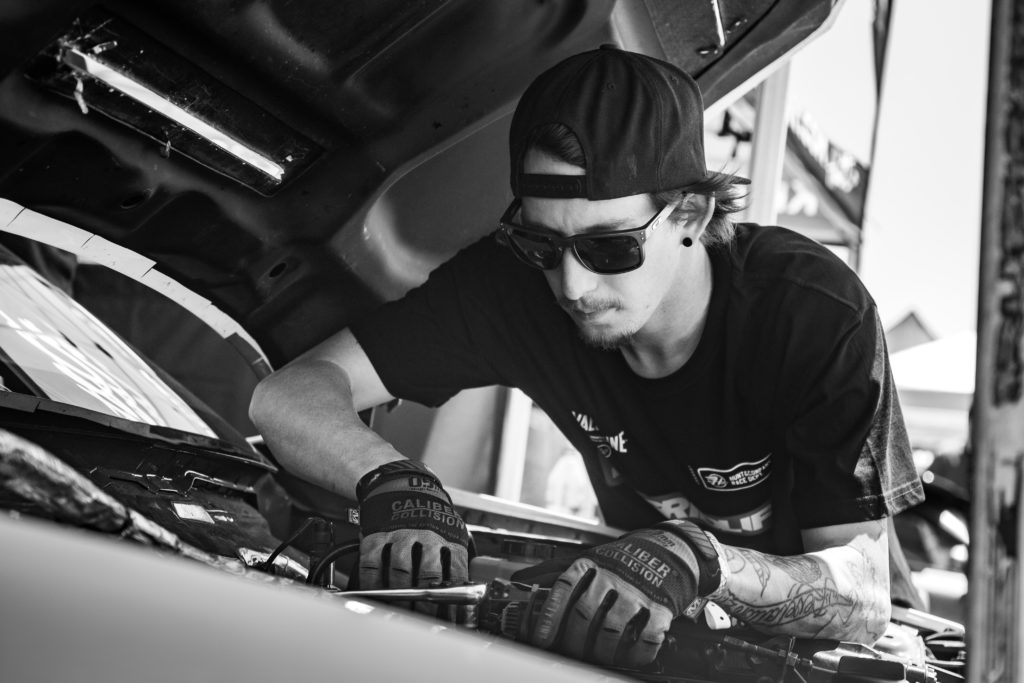
I get the opportunity to coach many clients at a variety of tracks over the course of the racing season. Sometimes, I help them prepare for their upcoming season, and other times, we’re focused on a standalone annual event. Whether you’re coming off your winter break or diving into a special event, here are some things to consider before hit the track.
Prep Your Car
Safety equipment: When it comes to your car, it’s important to make sure all the safety tech inspection items are still compliant. You should be doing things like making sure your racing seat and seat belt harness aren’t out of date. Also, check that your fire system is charged and still compliant.
If you don’t have a dedicated track day car, some of these items don’t necessarily apply. The organization hosting the event that you’re participating in will have a safety tech inspection list, so you can make sure you’re prepared in advance. You’ll likely be able to find all the details you need on the organization’s website.
Fuel: Whether you have a weekend warrior or proper race car, you’ll want to make sure your fuel system components are ready to go. Race fuel can be really hard on lines and fittings. If the car has been sitting for a long time during the off-season or between annual events, a careful check is a must.
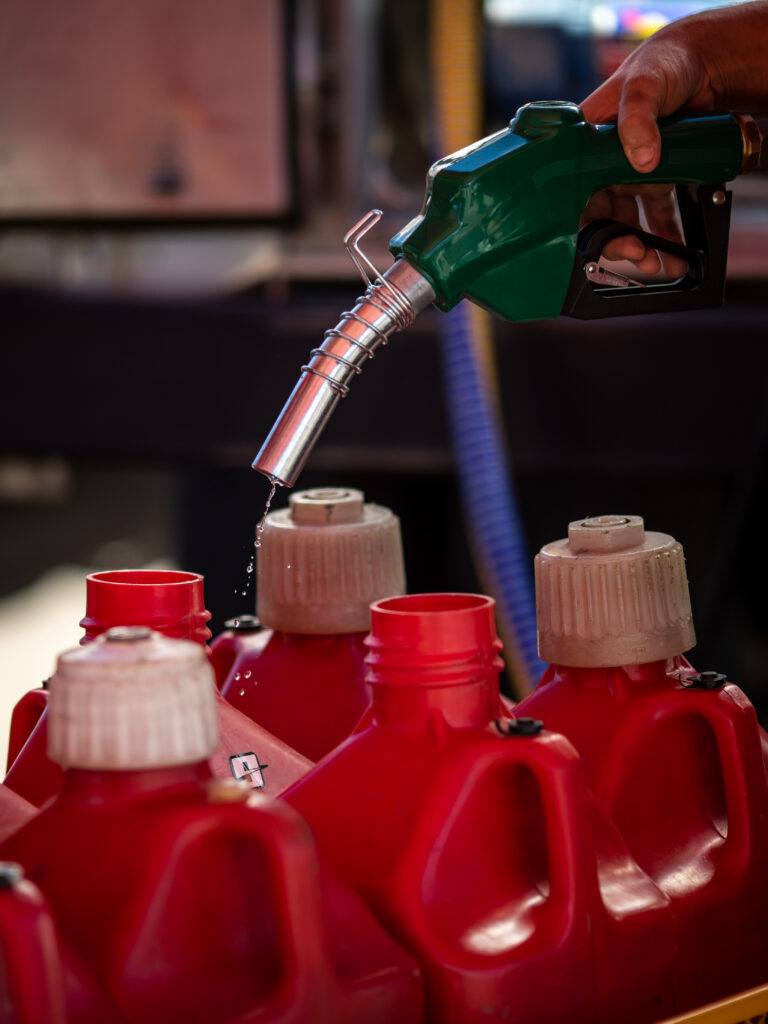
Tires: You should have a plan for tires, too. Are you going to start on a new set when the car first rolls on track, or are you going to start out on your most recent set from your last event? If it’s the latter, you should closely inspect their wear level and suitability. Are they cracked or flat-spotted? Something else?
Prep Yourself
Video: Regardless of the track that you’re heading to, reviewing video from your last visit there is a great way to get your mind in the rhythm of driving that course. Also, if you have track notes that you’ve compiled, you should read through them after watching the video, then watch the video a second time to really drive home any finer points.
If you don’t have experience at the track that you’re heading to, YouTube can be your best friend. Any search for in-car footage from a specific track will yield plenty of uploads from other high-performance drivers.
All this information gives you a greater ability to start visualizing a lap. You can close your eyes and mentally drive the lap, which will help with bringing your brain up to speed before you ever pull into the paddock
Sim: Beyond just watching in-car video, doing some simulator work on iRacing or even by playing video games can be a great way to learn a track and promote some muscle memory. Simulator technology has gotten to the point where even home steering wheels and pedals provide relevant practice, even for the professionals.
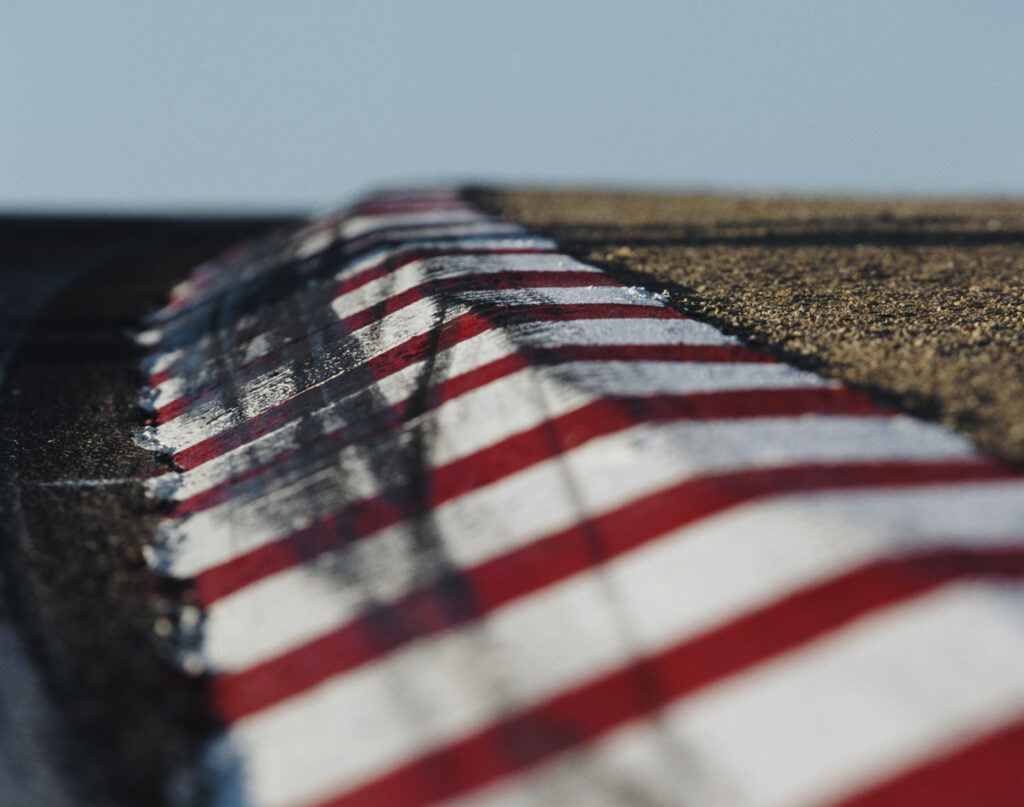
WeatherTech Raceway Laguna Seca (Photo by Jon Ferrey/Getty Images)
Group corners: You’ll find a lot of tracks have certain corners in common, which you can group together. Knowing how to drive a corner at one track can help you learn a similar turn at a different course.
Timing: Learning or re-familiarizing yourself with a track several months before the event might not be a big benefit. It’s important to start early, but not too early. You also want to build volume leading up to the event so that you’re doing more studying and simulator work just before the actual event. If you practice early and then take a long break, these things won’t be fresh in your mind anymore. It’s better to study steadily and really focus during those final weeks before you head out.
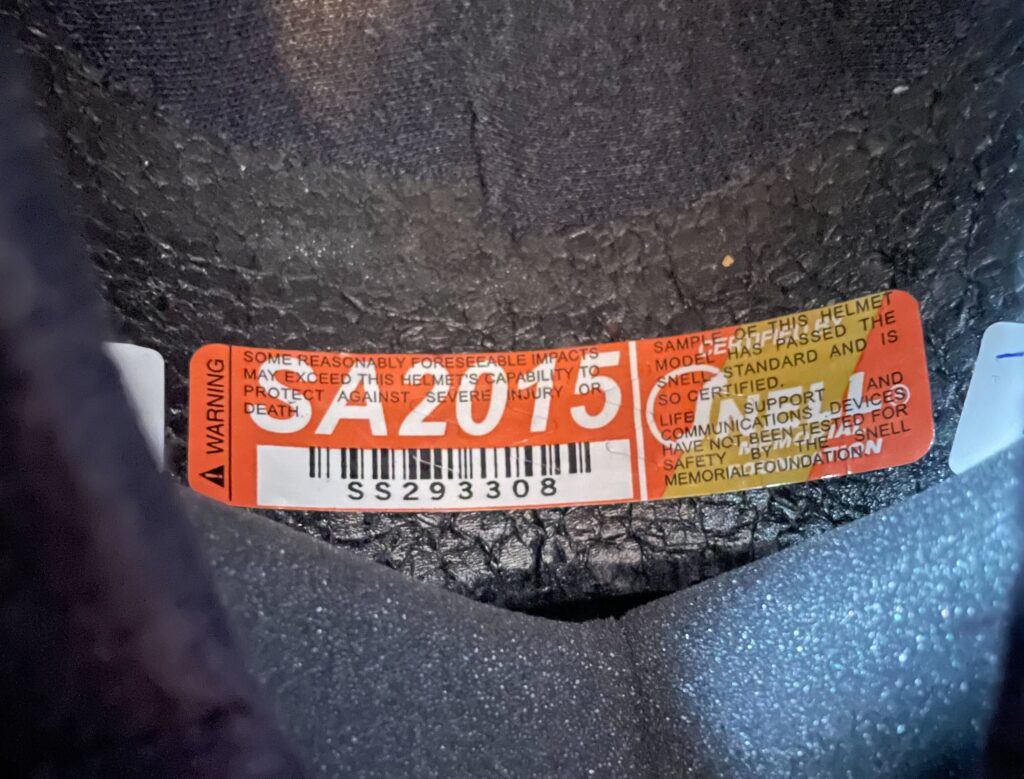
The Snell sticker is usually behind the rear lining, at the back of your head—you often have to pull the lining down to see it.
Safety gear: Finally, you need to make sure all your driver gear is ready for the event. Ensure your gear is compliant with your club or track day program. (Check out our helmet and shoe guides.). If you’re looking for new safety gear, it’s often helpful to actually try things on. You might find that certain suppliers will be supporting events trackside, which gives you the chance to try things on before you buy them. I know several tracks have their own pro shops, too, and there are many other gear companies that have a full schedule of events they attend.
Challenging yourself at a course you only visit once a year can be a lot of fun. It’s most rewarding, though, when you show up prepared and ready to make the most of your track time.


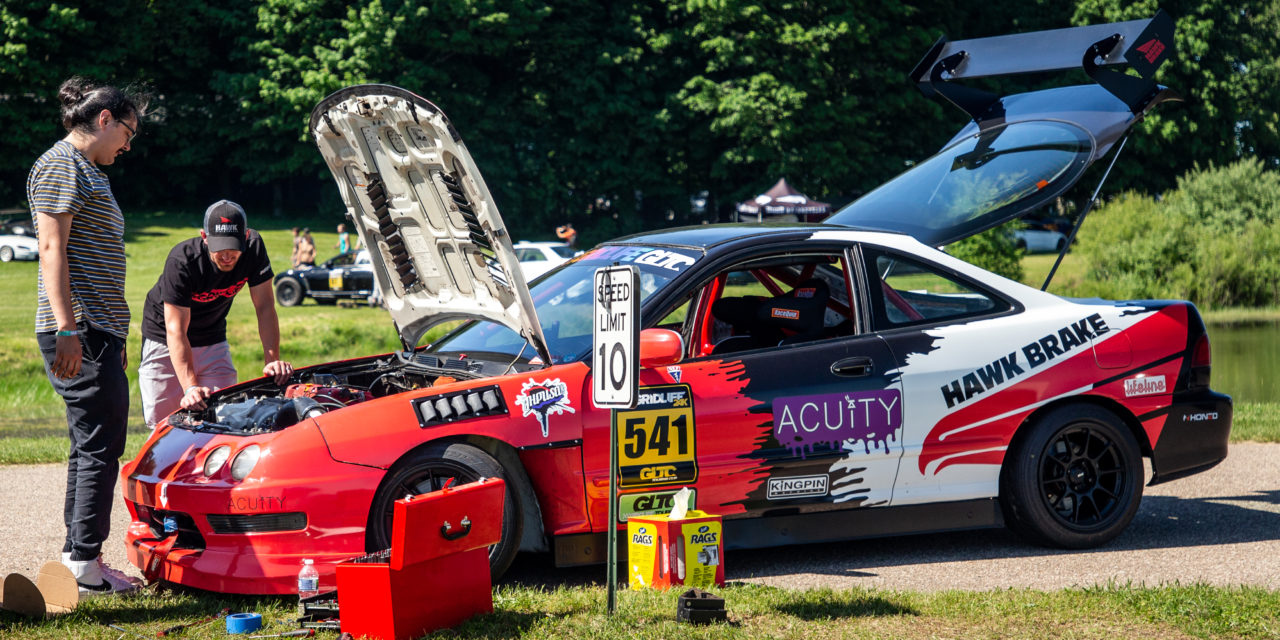
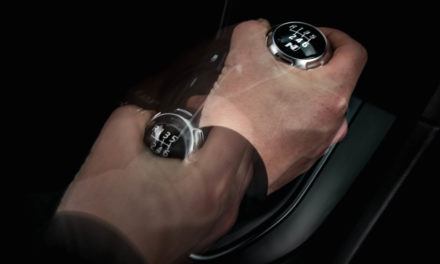
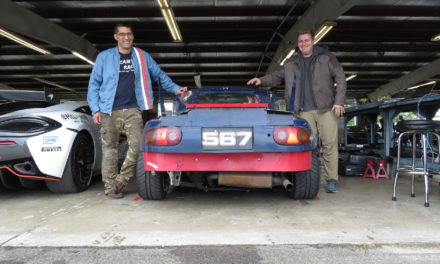
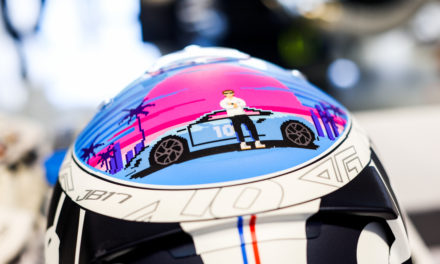






Super cool to see my car (directly after the alternator left the chat) on the top of this article. Lots of truth in this one! The devil is in the details when prepping for track driving. It’s the difference between a good time and a stressful experience.
Hmmm
What about proper insurance coverage?
The Hagerty collector car coverage excludes track use.
So do most personal auto policies.
This is very significant.
PLEASE ALERT FOLKS TO THIS.